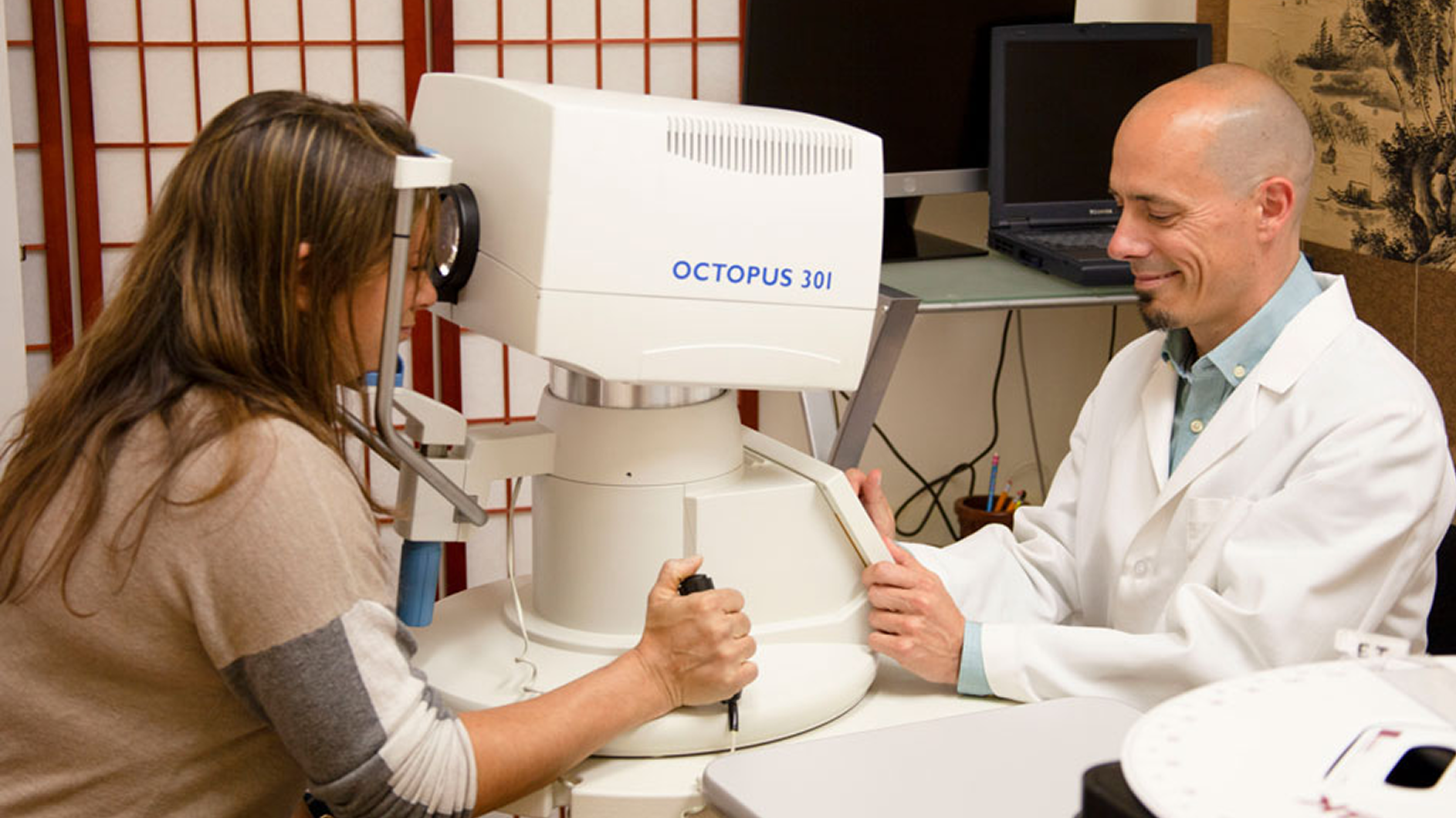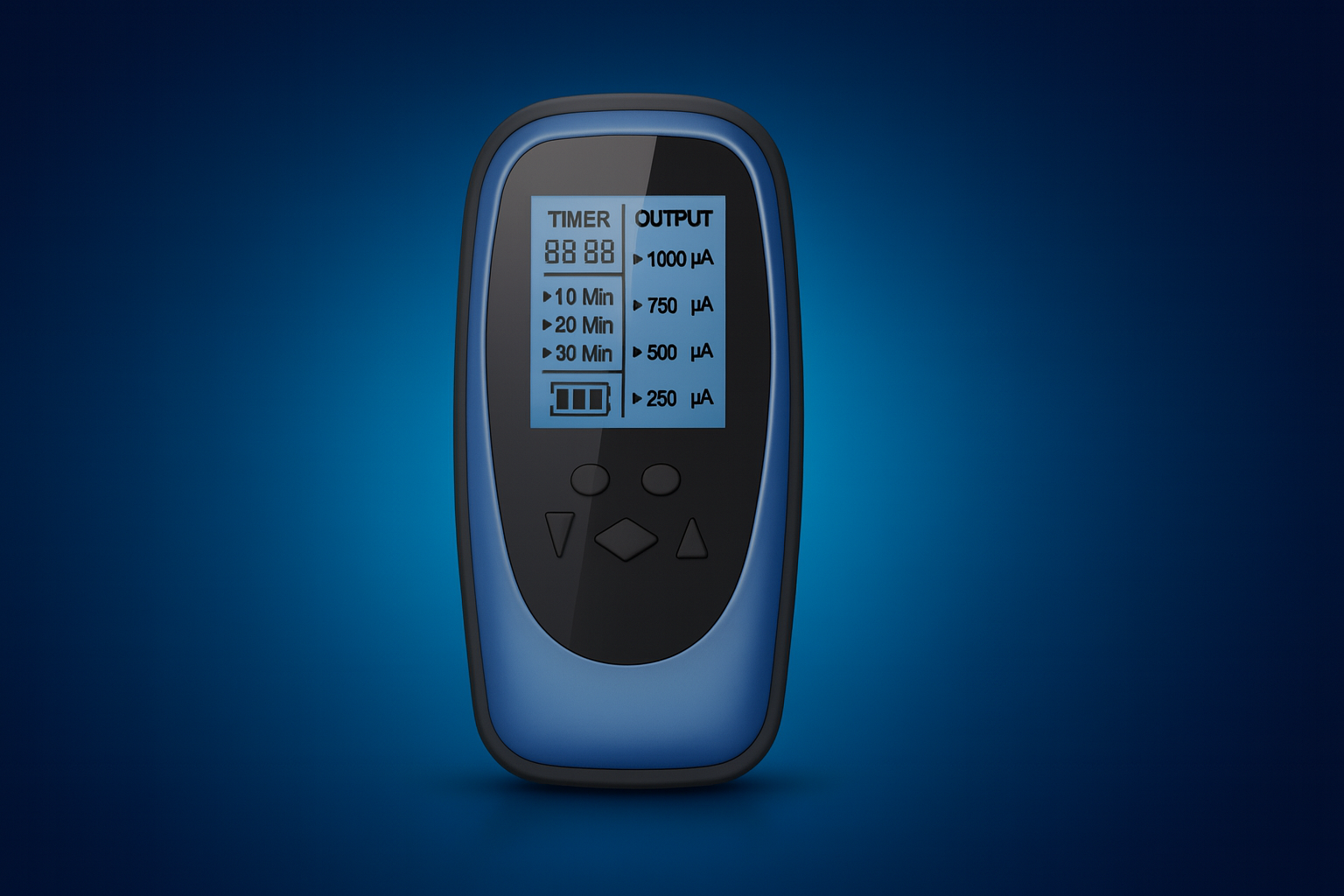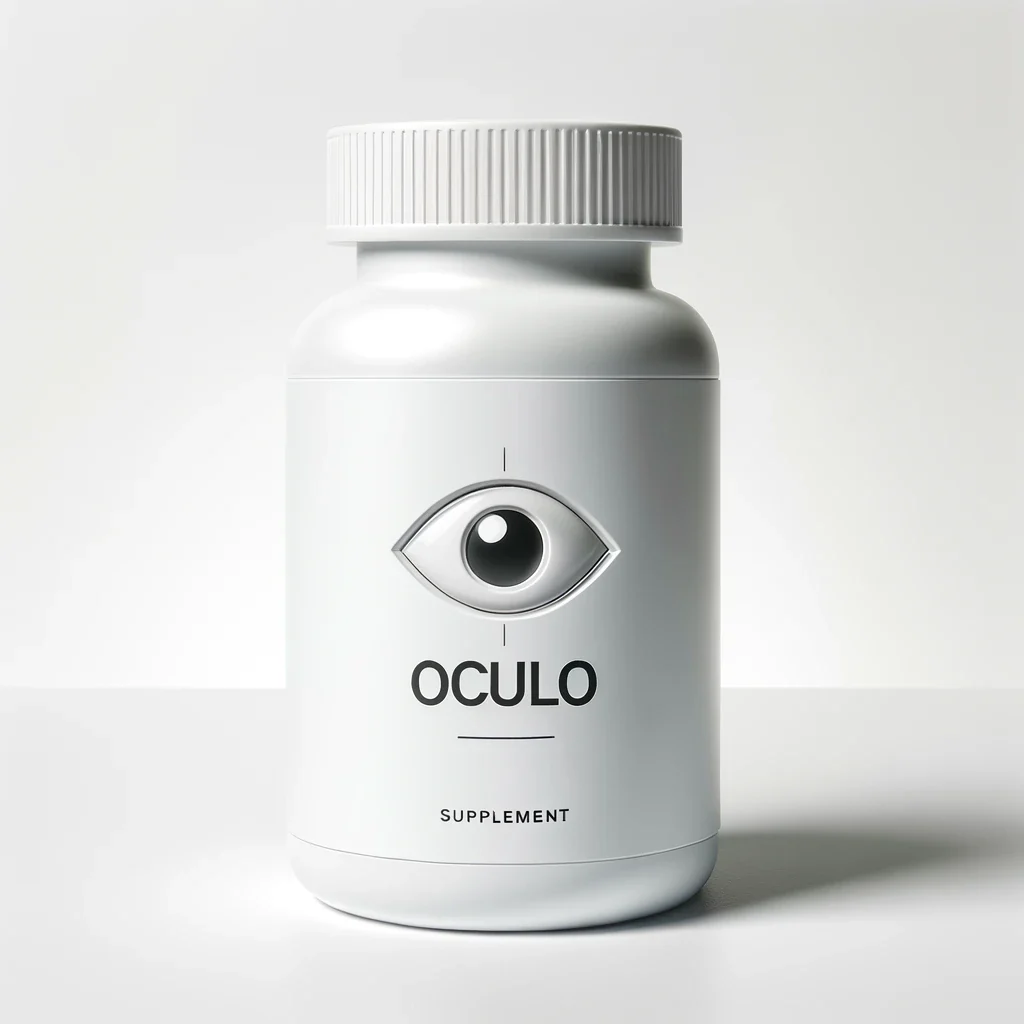Advanced Eye Stroke Treatment 2026: 14 Breakthrough Discoveries
If you have had an eye stroke, you need hope based on real science.
The good news is that 2025 has been a breakthrough year for eye stroke research. Scientists around the world are making discoveries that could change everything.
Some of these treatments are still in research. Some are in clinical trials. Some are just starting to be used in clinics.
But all of them show that the future of eye stroke treatment is brighter than ever before.
This article shows you the 14 most important breakthroughs happening right now.
Why 2025 Is Different for Eye Stroke Patients
For years, doctors told eye stroke patients: "There is nothing we can do."
That is changing fast.
In just the past year, scientists have discovered:
- Cells in your eye that can regenerate retinal tissue
- Proteins that make damaged nerves grow back
- Combinations of treatments that work better than single therapies
- AI systems that can diagnose eye stroke instantly
- New ways to see which retinal tissue can still be saved
The landscape of eye stroke treatment is evolving rapidly. Even if these treatments are not widely available yet, they offer real hope for the future.
Let's look at what researchers discovered in 2025.
1. BREAKTHROUGH: Human Retinal Stem-Like Cells (March 2025)
What Scientists Discovered:
In March 2025, researchers at Wenzhou Medical University made an exciting discovery. They found special cells in the human eye that can become retinal cells.
These cells are located in an area called the ciliary marginal zone. This is at the edge of the retina.
The Discovery:
- These cells can differentiate into retinal cells
- They have the potential to regenerate damaged retinal tissue
- In mice studies, transplanted cells remained viable
- The cells improved visual responses in the animals
What This Means:
Your eye may have its own repair cells. If scientists can figure out how to activate these cells or transplant them safely, they could help regenerate retinal tissue damaged by eye stroke.
Status: This research is in the preclinical stage. It is being tested in animals. But it shows incredible promise.
Source: Medical Xpress: Human Retinal Stem Cells Discovery
2. BREAKTHROUGH: Combination Therapy for Optic Nerve Regeneration (May 2025)
What Scientists Discovered:
Researchers at the University of Pittsburgh and Wake Forest made an important discovery about combination therapy.
They tested membrane bound vesicles (MBVs) combined with statin drugs (especially fluvastatin).
The Finding:
The research found that combining treatments is more effective than single therapies. The combination therapy was highly effective at protecting retinal ganglion cells.
Retinal ganglion cells are the nerve cells that die after eye stroke. Protecting these cells means protecting vision.
Why This Matters:
This research shows that the future of eye stroke treatment is not one magic drug. It is smart combinations of treatments working together.
Status: Showing promise in protecting retinal ganglion cells in research models.
Source: Eye and Ear: Optic Nerve Research Update
3. BREAKTHROUGH: Fibronectin Peptide for Nerve Regrowth (2024-2025)
What Scientists Discovered:
Researchers at the University of Connecticut (UConn) made a discovery that sounds like science fiction.
They found a peptide (a small protein) called fibronectin that can make optic nerves grow back.
The Results:
In just 6 weeks, researchers saw dense optic nerve regrowth. The new nerve fibers grew through the injury site and reached the optic chiasm (where the optic nerve connects to the brain).
The researchers said this "gives it a therapeutic potential" for clinical trials.
What This Means:
Nerve regeneration was thought to be impossible in the eye. This research shows it may be possible after all.
Status: Moving toward clinical trials in humans.
Source: UConn Today: Nerve Regrowth in Sight
4. BREAKTHROUGH: Nfe3 Protein Discovery (2024)
What Scientists Discovered:
UConn researchers also discovered a protein called Nfe3. This protein stimulates nerve cell regrowth.
The Key Finding:
According to researchers, Nfe3 works "as good as the best regenerative factors previously known."
But here is the advantage: Nfe3 does not cause inflammation or tumor-inducing problems that other regenerative factors can cause.
What This Means:
Scientists are finding natural proteins in your body that can help nerves regrow. The goal is to activate these proteins safely.
Status: Preclinical research in progress.
Source: UConn Today: Seeing a Path to Nerve Regeneration
5. BREAKTHROUGH: Novel Neuroprotection Pathway (February 2025)
What Scientists Discovered:
In February 2025, researchers discovered a new way that cells in your eye protect each other.
They found a signaling pathway from IL-12 to SCGF-β. This pathway shows how retinal ganglion cells and stem cells interact to promote neuroprotection.
The Mechanism:
SCGF-β protects retinal ganglion cells by upregulating a protein called ngn2. This helps the cells survive when blood flow is reduced.
What This Means:
Scientists are discovering the natural protection systems in your eye. Understanding these systems could lead to treatments that activate your body's own neuroprotection.
Status: New understanding of cell-to-cell protection mechanisms.
Source: PubMed: Novel Neuroprotection Pathway
6. BREAKTHROUGH: Wet AMD Stem Cell Success (February 2025)
What Scientists Discovered:
In February 2025, researchers reported a breakthrough in stem cell therapy for wet age-related macular degeneration (wet AMD).
While this is not the same as eye stroke, the approach could work for eye stroke patients too.
The Approach:
- Remove abnormal blood vessels
- Transplant stem cell-derived retinal cells
The Results:
Patients who had complete vessel removal saw better outcomes. The research team called this a "potential game-changer for vision restoration."
What This Means for Eye Stroke:
If stem cell transplantation can restore vision in wet AMD, similar approaches might work for retinal tissue damaged by eye stroke.
Status: Clinical results showing promise in wet AMD patients.
Source: SciTech Daily: Breakthrough Stem Cell Therapy
7. BREAKTHROUGH: AI-Powered Retinal Imaging for Stroke Prediction (2025)
What Scientists Discovered:
Multiple studies in 2025 showed that artificial intelligence (AI) can predict stroke risk from retinal imaging.
The AI systems can:
- Distinguish ischemic versus hemorrhagic stroke
- Assess treatment efficacy
- Predict who is at risk for stroke before it happens
What This Means:
In the future, your eye doctor might be able to predict your stroke risk just by looking at your retina. This could prevent eye strokes before they happen.
Status: Moving from research to clinical application.
Source: Frontiers in Computational Neuroscience: AI and Retinal Imaging
8. BREAKTHROUGH: Automated CRAO Detection via Deep Learning (2025)
What Scientists Discovered:
A study published in Ophthalmology Science in March 2025 tested an AI model for detecting central retinal artery occlusion (CRAO).
The Results:
The AI model achieved 0.99 AUC (area under the curve) for CRAO detection using OCT imaging.
This means the AI was 99% accurate at detecting eye stroke.
The system showed high sensitivity and specificity for rapid diagnosis.
What This Means:
In the emergency room, AI could detect eye stroke instantly. This could dramatically reduce the time to treatment. And in eye stroke, time is vision.
Status: Could revolutionize emergency detection in the near future.
Source: Ophthalmology Science: Automated CRAO Detection
9. BREAKTHROUGH: Remote Diagnosis Protocol (2025)
What Scientists Discovered:
Researchers developed a remote OCT protocol that speeds CRAO diagnosis and treatment.
The Impact:
This protocol reduces time to treatment for eligible patients. Patients in remote areas or those who cannot get to a specialist quickly can still get diagnosed fast.
What This Means:
Geography should not determine whether you get treated quickly. Remote diagnosis could save vision for patients far from major medical centers.
Status: Being implemented in some healthcare systems.
10. BREAKTHROUGH: Retinal Penumbra Imaging Biomarkers
What Scientists Discovered:
A review published in Stroke: Vascular and Interventional Neurology introduced the concept of retinal penumbra.
In brain stroke, the "penumbra" is the area around the stroke that is damaged but can still be saved. Now scientists are finding the same thing in eye stroke.
The Technologies:
- OCT hyperreflectivity to identify salvageable tissue
- OCT-A for collateral vessel quantification
- Photoacoustic imaging for detailed blood flow mapping
What This Means:
Doctors could identify which retinal tissue is dead and which can still be saved. This would help them select the right patients for aggressive treatments.
Status: New imaging biomarkers being validated.
Source: AHA Journals: Retinal Penumbra Review
11. BREAKTHROUGH: Nanotechnology for Drug Delivery (2025)
What Scientists Discovered:
A 2025 review in the Journal of Nanobiotechnology examined nanotechnology for drug delivery to the retina.
The Finding:
Nanotechnology allows targeted drug delivery to specific retinal sites with sustained release. This overcomes the natural barriers of the eye that make it hard to deliver drugs to the back of the eye.
Example:
The NaMESys-SOR system reduced inflammation in rats with retinal ischemia (reduced blood flow).
What This Means:
Future treatments could deliver healing drugs exactly where they are needed in the retina, without surgery or injections every few weeks.
Status: Moving from animal studies to human trials.
Source: Journal of Nanobiotechnology: Nanotechnology Review
12. BREAKTHROUGH: Photobiomodulation (Low-Level Light Therapy) - 2025 Review
What Scientists Discovered:
A 2025 review examined photobiomodulation, also called low-level light therapy, for retinal diseases.
How It Works:
Red light at 630-800nm wavelengths improves mitochondrial metabolism and reduces inflammation. It targets an enzyme called cytochrome C oxidase in the mitochondria (the power plants of your cells).
Clinical Evidence:
Studies found improvement in visual acuity and reduction in retinal thickness in patients treated with photobiomodulation.
What This Means:
This is a non-invasive therapy that could support retinal recovery. Some clinics are already using it.
Status: Emerging clinical application.
Source: PMC: Photobiomodulation Review
13. BREAKTHROUGH: Gene Therapy Advances
What Scientists Discovered:
Multiple gene therapy studies in 2024-2025 tested different approaches to optic nerve regeneration.
Key Approaches:
- NMNAT2 gene therapy for neuroprotection
- Multi-gene combinations for nerve regeneration
- Drug repurposing: Folic acid, valproic acid, and WY-14643 showing retinal ganglion cell protection
What This Means:
Gene therapy is moving from the laboratory to clinical trials. In the future, doctors might be able to use gene therapy to protect or regenerate damaged retinal cells.
Status: Moving from preclinical to clinical trials.
14. BREAKTHROUGH: Clinical Trials Update
Several major clinical trials are testing treatments for eye stroke right now.
REVISION Trial
- Size: 1,400 patients
- Treatment: Alteplase (clot-busting drug)
- Status: Completion expected late 2025
- What it tests: Whether alteplase can restore blood flow and save vision
TenCRAOS Trial
- Size: 78 patients enrolled
- Treatment: Tenecteplase (another clot-busting drug)
- Status: Completed
- Results: Neutral - no significant improvement compared to aspirin
THEIA Trial
- Published: Lancet Neurology 2025
- Results: Neutral outcome for the tested intervention
- What it means: Researchers are learning what does not work, which helps them design better trials
Hyperbaric Oxygen Therapy (HBOT) Studies
- New Finding: 2025 research shows HBOT benefit even beyond the traditional 9-hour window
- What it means: The treatment window may be longer than previously thought
What These Trials Mean:
Not every treatment works. Some trials show neutral results. But each trial teaches scientists something important. And some treatments, like HBOT, are showing real promise.
What All This Research Means for You
The breakthroughs of 2025 point to several important truths:
1. The Future Is Unfolding Right Now
This is not science fiction. These discoveries are happening now in 2025. Some will be available in 1-2 years. Some will take 5-10 years. But the progress is real.
2. Multiple Breakthroughs Are Happening Simultaneously
Scientists are not working on just one approach. They are attacking the problem from many angles:
- Stem cell regeneration
- Nerve regrowth proteins
- Combination therapies
- AI diagnosis
- Advanced imaging
- Nanotechnology drug delivery
- Gene therapy
- Light therapy
3. Even If Not Available Yet, You Can Participate
Many of these treatments are in clinical trials. That means patients can participate and potentially benefit before the treatments are widely available.
4. Hope Is Justified Based on Scientific Progress
This is not false hope. This is hope based on peer-reviewed research published in respected medical journals.
The next 5 years will bring treatments that were impossible 5 years ago.
Finding Clinical Trials
If you want to participate in cutting-edge research, here is how to find clinical trials:
ClinicalTrials.gov
Visit ClinicalTrials.gov and search for:
- "Central retinal artery occlusion"
- "CRAO"
- "Eye stroke"
- "Retinal artery occlusion"
- "Optic nerve stroke"
- "NAION"
What to Look For:
- Trials that are "Recruiting" (accepting new patients)
- Phase 2 or Phase 3 trials (more advanced)
- Trials at locations you can travel to
Ask Your Doctor:
Your ophthalmologist may know about clinical trials you could join.
Supporting Treatments Available Now
While many breakthrough treatments are still in research, some approaches are available now:
Hyperbaric Oxygen Therapy (HBOT)
Research from 2024 and 2025 shows HBOT can help eye stroke patients, especially in the first 9 hours but potentially longer.
Photobiomodulation (Low-Level Light Therapy)
Some clinics offer this emerging therapy based on 2025 research showing clinical benefit.
Comprehensive Eye Health Support
Supporting overall eye health through nutrition, vascular health, and neuroprotection may help optimize recovery potential.
The Future of Eye Stroke Treatment
Based on 2025 research, the future of eye stroke treatment will likely include:
Phase 1: Rapid Diagnosis
AI systems will detect eye stroke instantly, even before you get to the hospital.
Phase 2: Emergency Reperfusion
Better clot-busting drugs or mechanical removal of the blockage will restore blood flow quickly.
Phase 3: Neuroprotection
Drugs or light therapy will protect retinal cells from dying in the hours and days after the stroke.
Phase 4: Regeneration
Stem cells, nerve growth proteins, or gene therapy will help damaged tissue regenerate.
Phase 5: Rehabilitation
Electrical stimulation, acupuncture, or other neuroplasticity therapies will help the brain adapt and maximize remaining vision.
This multi-phase approach reflects what scientists discovered in 2025: no single treatment will be a magic bullet. The future is smart combinations of therapies.
Learn More About Specific Eye Stroke Conditions
Different types of eye stroke may benefit from different approaches:
The Bottom Line: Real Hope Based on Real Science
The most important message from 2025 research is this:
The future of eye stroke treatment is brighter than ever before.
Scientists around the world are making breakthrough discoveries. Some treatments are entering clinical trials. Some are already being used in clinics.
Even if these treatments are not widely available yet, they offer realistic hope for the future.
If you have had an eye stroke:
- Stay informed about new research
- Ask your doctor about clinical trials
- Consider supporting therapies that are available now
- Do not give up hope
The landscape of eye stroke treatment is changing rapidly. What was impossible in 2020 is being tested in clinical trials in 2025. What is in trials in 2025 may be standard treatment in 2030.
You are living through a revolution in eye stroke treatment.
References and Further Reading
All research cited in this article comes from peer-reviewed journals and trusted medical institutions:
-
Human Retinal Stem-Like Cells (March 2025): Wenzhou Medical University discovery. Medical Xpress
-
Combination Therapy for Optic Nerve Regeneration (May 2025): University of Pittsburgh and Wake Forest study. Eye and Ear
-
Fibronectin Peptide for Nerve Regrowth (2024): UConn research. UConn Today
-
Nfe3 Protein Discovery (2024): UConn researchers. UConn Today
-
Novel Neuroprotection Pathway (February 2025): IL-12 to SCGF-β signaling. PubMed: 40001251
-
Wet AMD Stem Cell Success (February 2025): Stem cell therapy breakthrough. SciTech Daily
-
AI-Powered Retinal Imaging (2025): Multiple AI studies. Frontiers in Computational Neuroscience
-
Automated CRAO Detection (2025): Deep learning for eye stroke detection. Ophthalmology Science. Full Article
-
Retinal Penumbra Imaging Biomarkers: Review on salvageable tissue identification. Stroke: Vascular and Interventional Neurology. AHA Journals
-
Nanotechnology for Drug Delivery (2025): Review on targeted retinal drug delivery. Journal of Nanobiotechnology. Full Article
-
Photobiomodulation Review (2025): Low-level light therapy for retinal diseases. PMC: 11754031
For more information about eye stroke treatment options, schedule a consultation.
Treatment Solutions for
Choose the treatment approach that fits your life
Whether you prefer hands-on care, convenient telehealth visits, or self-guided learning, we have multiple ways to help you manage .

In-Office 2 Weeks to Better Vision
Combining acupuncture, laser therapy & diagnostics at Dr. Rosenfarb's office in New Jersey. 90% of patients see measurable vision improvements.
Learn more
One-on-One Telehealth Sessions
One-on-one virtual sessions with Dr. Rosenfarb. Get personalized assessment and custom treatment plan from home.
Learn more
At-Home 12-Week AcuVision Program
Dr. Rosenfarb's 12-week step-by-step system. Live Q&A, guided exercises, and comprehensive approach to vision recovery.
Learn more
Alternating Current Micro Stimulation (ACS)
At-home micro stimulation system developed by Dr. Rosenfarb. Clinically proven at-home therapy to reactivate dormant eye cells.
Get ACS-3000
Eye Health Supplements
Scientifically-formulated supplements chosen by Dr. Rosenfarb to nourish your eyes and support healthy vision recovery.
Get supplements
